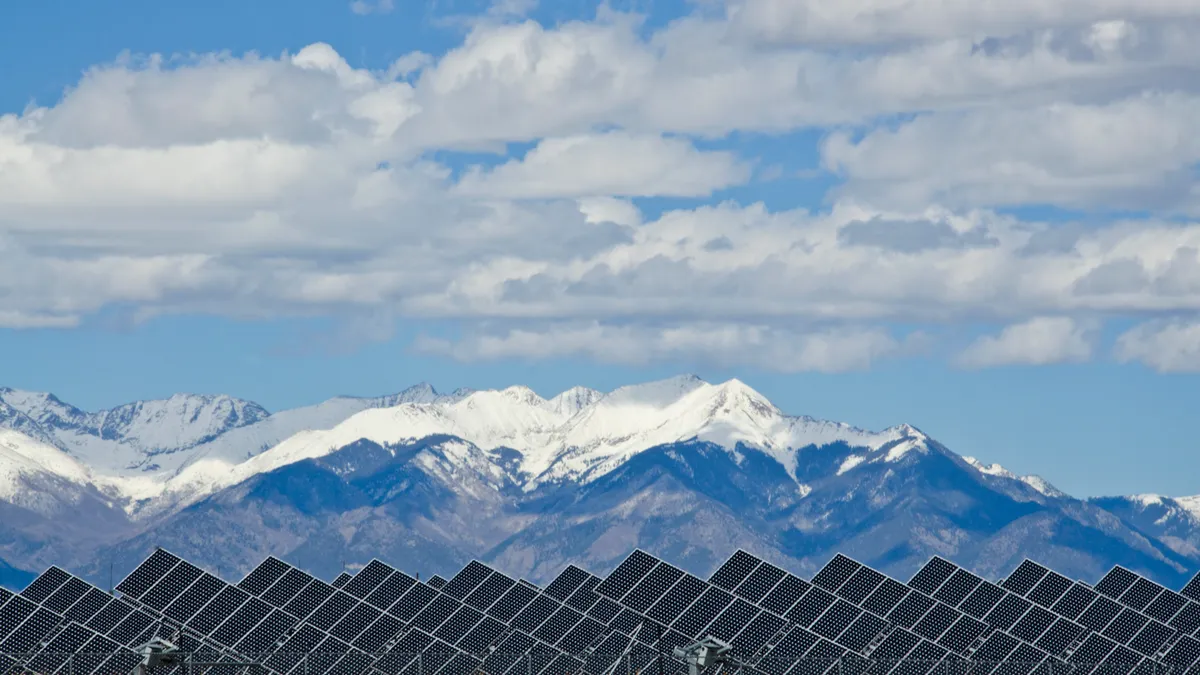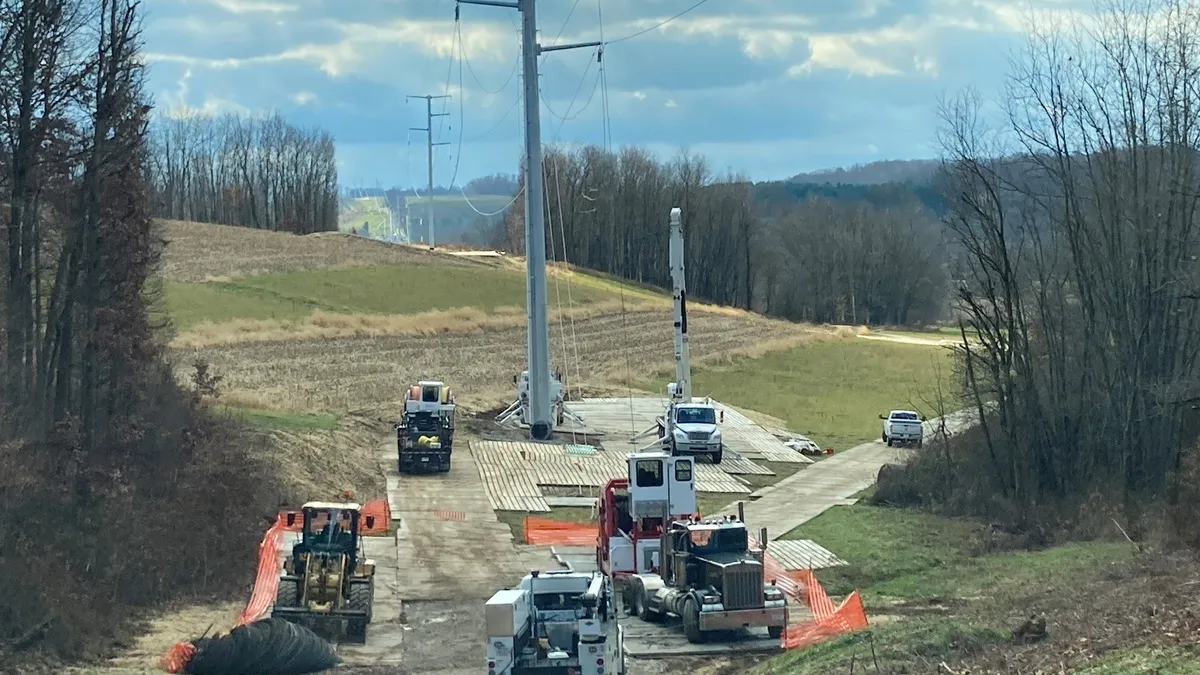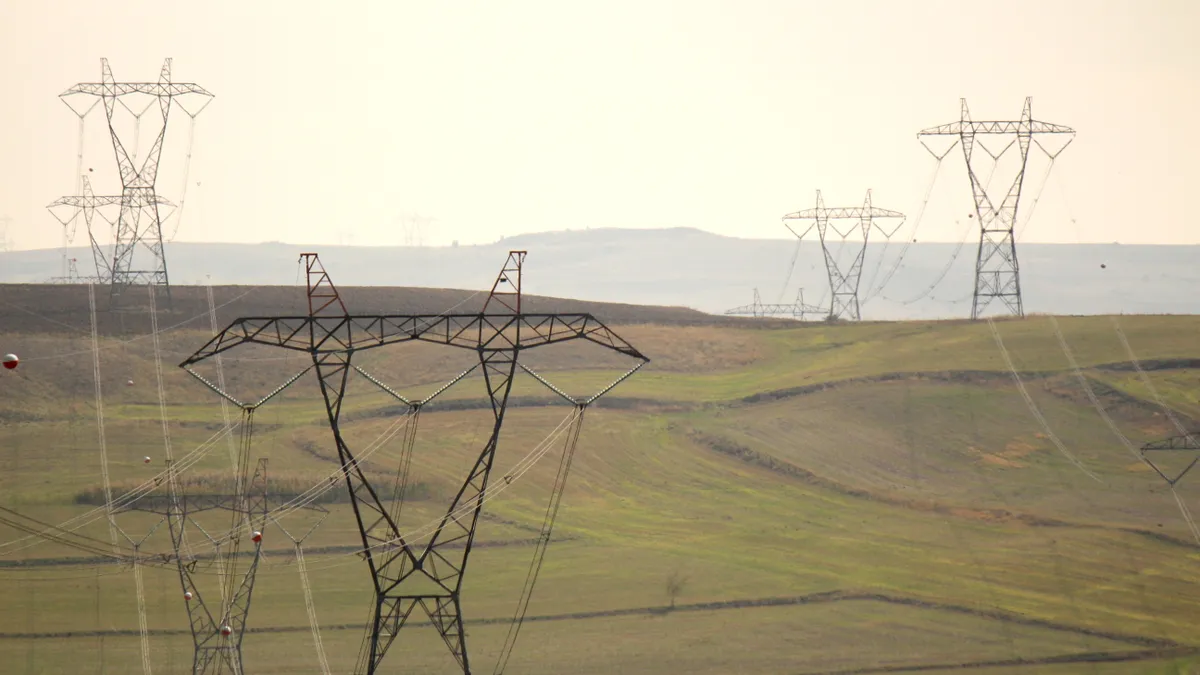ARPA-E is celebrating a birthday. The federal research and development program – ARPA-E stands for Advanced Research Projects Agency-Energy – is seven years old.
It was actually created nine years ago, in 2007, but didn’t receive budgetary funding until 2009 when it was granted an initial budget of $400 million as part of the American Recovery and Reinvestment Act, otherwise known as the stimulus bill that was passed in the wake of the financial crisis.
Since 2009, ARPA-E has provided $1.3 billion in funding to more than 475 projects. Of those, 45 have gone on to raise $1.25 billion in publicly-reported private sector funding.
One of the arguments in favor of government funding programs like ARPA-E is that private sector funding for advanced energy projects falls short. That would be the realm of venture capital. While venture capital has not been shy about funding research into innovative energy projects, notable success stories have been few and far between.
It is the nature of venture capital that many investments fail, but every so often there are stunning successes, such as Google or Apple. But the IT sector is not the energy sector. New entrants can succeed in technology by offering a low cost alternative to a high cost incumbent. As spelled out in a 2010 Harvard Business Review article, advanced energy projects have high costs and are trying to disrupt incumbents with low costs.
The authors of the Harvard article concluded that the technological solutions to clean energy problems are not likely to be solved without government involvement, but they also noted that some of the barriers to venture capital funding for those problems will need to be addressed. Specifically they noted that lack of a viable exit strategy for many venture capital funded energy projects. One of the keys to addressing that problem would be to jumpstart an active M&A market for clean energy startups.
“ARPA-E fills a critical gap in the innovation ecosystem, investing to de-risk and accelerate the development of high risk, high impact technologies that would otherwise find it difficult to secure investment,” said Jesse Jenkins, a researcher and doctoral candidate at the Massachusetts Institute of Technology.
“This is an essential role for government to step into, helping bridge the ‘technological valley of death,’ a consistent dearth of private sector funding that impedes the translation of promising research into commercial technologies,” he added.
ARPA-E spurs storage
One of the most potentially transformative sectors within energy industry is the potential for energy storage. It has been called the Holy Grail of a renewable energy future.
Without singling out a single project, ARPA-E says it is funding 75 battery system projects that have the potential to transform renewable energy storage in the next five to 10 years.
“I think we have reached some holy grails in batteries – just in the sense of demonstrating that we can create a totally new approach to battery technology, make it work, make it commercially viable, and get it out there to let it do its thing,” Ellen Williams, ARPA-E’s director, told The Guardian.
The battery systems under development range from hybrid fuel cells to zinc-air batteries, and from flywheels that store energy as heat in molten glass to a vegetable-based flow battery developed by Harvard researchers.
In a paper highlighting some of ARPA-E funded technologies, the agency noted that Harvard’s commercialization partner is developing a 3 kW storage system to demonstrate the technology and the company Sustainable Innovations is raising funding to commercialize it.
In the report, ARPA-E also highlights technology developed by Energy Storage Systems that uses iron chemistry to bring down the cost of the prevalent vanadium-based flow batteries.
ARPA-E says ESS’ first customers include the U.S. Army Corps of Engineers and Stone Edge Farms, a winery in Napa, California, and that ESS has about $1 million in firm orders for delivery in 2016.
The ARPA-E report also points to the success of Primus Power’s new electrode technology for flow batteries. “Under its ARPA-E award,” the report says, “Primus’ resulting system delivered five times higher stack power than previous commercial [zinc-bromine] batteries and cycle life that was eight times longer.”
Since the conclusion of its ARPA-E project, Primus Power has raised over $60 million in private investor funding, and the company’s battery is part of a microgrid being tested at the Marine Corps Air Station in Miramar, California.
The ARPA-E report also notes that Primus has delivered about 20 battery systems and in September 2015 announced an order for 1,250 batteries from a major Asian utility with 21,000 MW of generating capacity. And the following month, Primus delivered a “behind the meter” system to an industrial facility in Southern California.
The report also details the success of companies such as battery maker Alveo in attracting private funding, and the success of a research group comprising United Technologies Research Center; 3M Corp., and the University of Texas at Austin in signing a licensing agreement for its vanadium flow battery to Vionx Energy.
The goal of ARPA-E’s Grid-Scale Rampable Intermittent Dispatchable Storage (GRIDS) program is to bring energy storage costs down to less than $100/kWh.
New horizons
ARPA-E funding covers initiatives in several other sectors besides energy storage, including research into power electronics; technologies to enhance energy efficiency; research into electric vehicle batteries and compressed natural gas vehicles; and technologies to improve grid operations, such as AutoGrid’s demand response optimization platform and Varentec’s power flow technology.
In April, the Department of Energy – ARPA-E is run under the auspices of the DOE – announced up to $60 million in funding for two programs. One seeks to develop technologies that decrease energy consumption of future vehicles through the use of connectivity and automation. The other program, Rhizosphere Observations Optimizing Terrestrial Sequestration (ROOTS), seeks to improve crop breeding for root and soil function to allow for greater carbon storage in plants.
In May, ARPA-E provided $31 million in funding for 14 projects under its new program: Single-Pane Highly Insulating Efficient Lucid Design (SHIELD) that seeks to develop window coatings and windowpanes that could improve the energy efficiency of existing single-pane windows in commercial and residential buildings.
In June, ARPA-E provided $25 million in funding for a new program, ENergy-efficient Light-wave Integrated Technology Enabling Networks that Enhance Datacenters (ENLITENED), to create components to increase the energy efficiency of datacenters.
ARPA-E funding, of course, depends on the willingness of the executive branch to back projects and Congress to sign off on funding, which is always vulnerable in an election year and under a new administration. And funding is also often a chicken-and-egg problem. Money is needed to produce successful technologies, but successful technologies are also needed to keep the funds coming.
ARPA-E has submitted a $500 million budget for fiscal year 2017, and notes that its full authorization proposal seeks $1.85 billion for ARPA-E over five years.





















